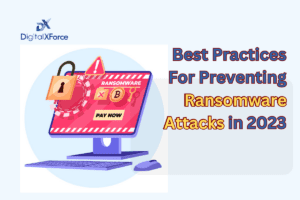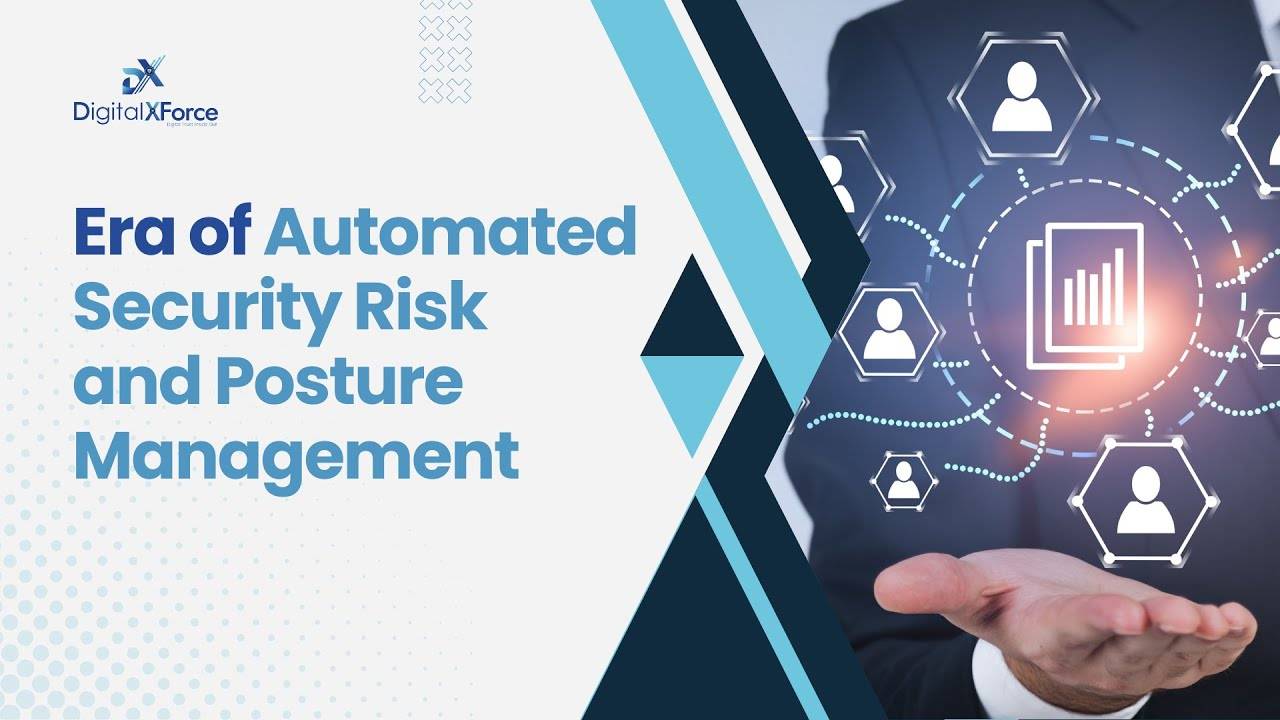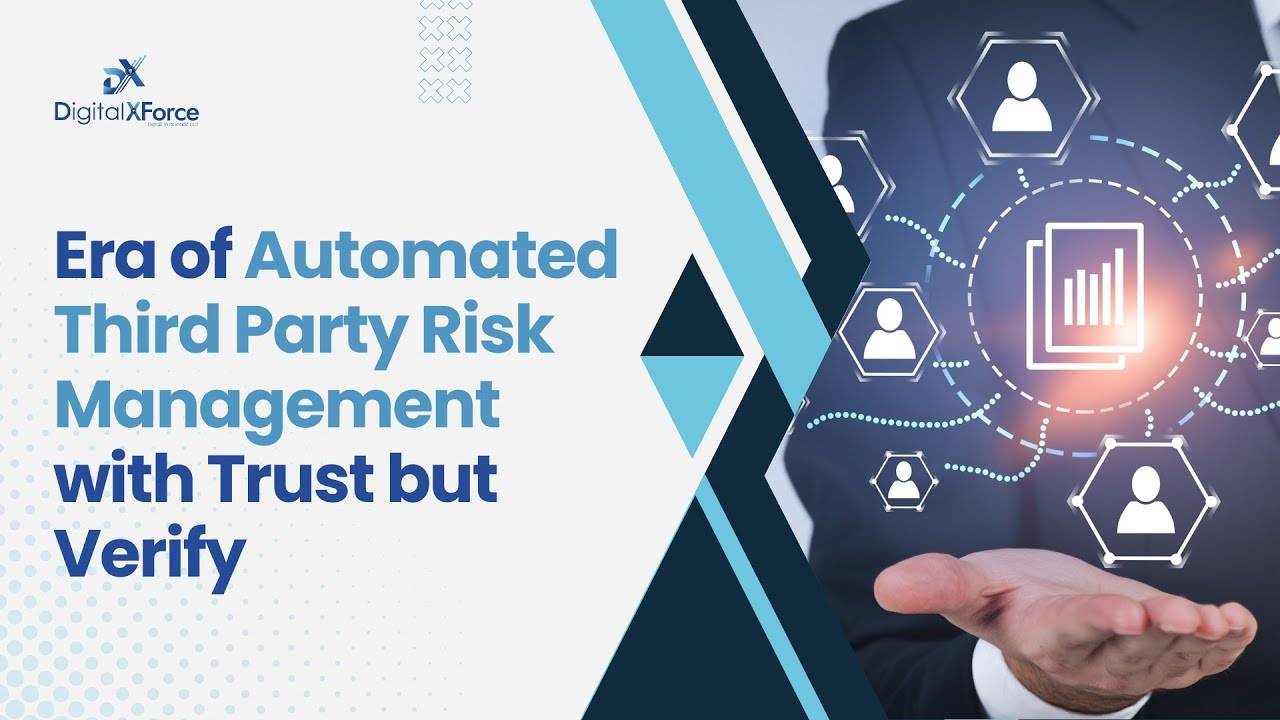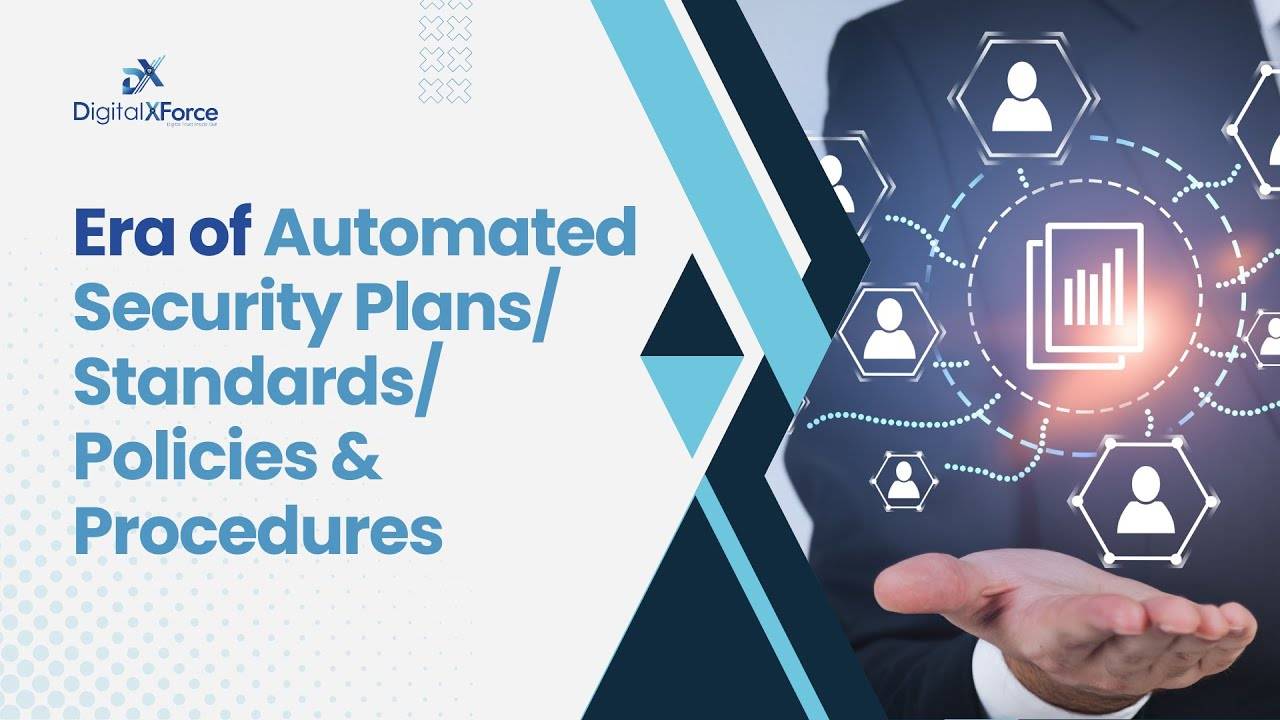Lalit Ahluwalia is committed to redefining the future of cybersecurity by helping large and small-scale businesses prioritize digital trust. In this article, Lalit highlights thirteen (13) “out-of-the-box” practices you can leverage to manage cyber threats and prepare against ransomware attacks.

You’ve heard the horror stories – businesses crippled, data held hostage, and hefty ransoms demanded. Ransomware attacks have become increasingly prevalent and destructive, leaving no industry or organization immune. The good news is that you can take proactive steps to protect yourself and your business.
In this article, I’ll walk you through the best practices for preventing ransomware attacks and how to secure your digital assets.
Understanding Ransomware Attacks & Digital Extortion
Before diving into prevention strategies, let’s grasp what ransomware is. Ransomware is malicious software that encrypts your files or locks you out of your system. The attackers then demand a ransom, usually in cryptocurrency, to provide you with the decryption key or restore access.
According to a report by Cybersecurity Ventures, ransomware attacks cost businesses over $20 billion in 2021, a 57-fold increase since 2015. A recent Fortinet report reveals that “that figure, which includes ransomware settlement fees, is expected to increase to a massive $265 billion by 2031”. These staggering figures underscore the urgency of prevention.
How to Prevent Ransomware Attacks In Your Organization
Here are some best practices to help you prevent ransomware attacks in your organization and business:
- Conduct Regular Data Backups
The cornerstone of ransomware prevention is regular data backups. Backing up your critical data to an offline or cloud-based system ensures that even if your files are encrypted, you can restore your systems to a clean state.
Best Practice: Schedule automatic backups at least daily. Ensure that your backup system is isolated from your network to prevent ransomware from infecting it.
- Invest in Employee Training
Your employees are both your greatest asset and a potential vulnerability. Ransomware often gains access through phishing emails or malicious links. Educate your staff on how to recognize and respond to these threats.
Best Practice: Conduct regular training sessions and simulated phishing exercises to enhance employee awareness and response capabilities.
- Keep Your Software Up to Date
Outdated software is a playground for cybercriminals. Regularly update your operating systems, applications, and antivirus programs to patch vulnerabilities that attackers could exploit.
Best Practice: Enable automatic updates wherever possible to ensure your software is always current.
- Filter Your Emails
Email remains a primary vector for ransomware attacks. Implement advanced email filtering solutions that can identify and quarantine suspicious emails before they reach your inbox.
Best Practice: Choose an email filtering service that uses machine learning to adapt to evolving threats.
- Segment Your Network
Segmenting your network can limit the potential impact of a ransomware attack. If one segment is compromised, it doesn’t necessarily give attackers access to your entire network.
Best Practice: Isolate sensitive systems and limit lateral movement within your network through proper segmentation.
- Allow Least Privilege Access
Implement the principle of least privilege (PoLP). Ensure that users have only the minimum access necessary to perform their jobs. This minimizes the potential damage an attacker can cause if they gain access.
Best Practice: Regularly review and update user access privileges, revoking unnecessary permissions.
- Enable Multi-Factor Authentication (MFA)
MFA adds an additional layer of security by requiring users to provide multiple forms of verification to access accounts or systems. Even if an attacker has stolen credentials, MFA can thwart their efforts.
Best Practice: Enable MFA for critical accounts and systems, especially those that contain sensitive data.
- Take Threat Intelligence Seriously
Stay informed about emerging threats and attack techniques. Threat intelligence services provide valuable insights into the evolving ransomware landscape.
Best Practice: Subscribe to threat intelligence feeds and collaborate with industry peers to share information about new threats and attack tactics.
- Develop an Outcome-based Incident Response Plan
Preparation is key. Develop an incident response plan that outlines the steps to take in the event of a ransomware attack. The faster you can contain and mitigate the attack, the less damage it can do.
Best Practice: Test your incident response plan through tabletop exercises to ensure all stakeholders understand their roles.
- Stay Up To Date:
Cybersecurity is an ever-evolving field. Stay informed about the latest ransomware threats and prevention techniques. Regularly review and update your prevention strategies to stay ahead of attackers.
Best Practice: Subscribe to cybersecurity news sources and participate in relevant training and conferences to stay up to date.
- Maintain Back-Up Power Supply
In some cases, ransomware attacks can lead to power disruptions or system failures. Invest in uninterruptible power supplies (UPS) to keep critical systems running during emergencies.
Best Practice: Implement UPS for servers and other critical infrastructure to maintain operational continuity.
- Use Complex Encryption Keys
While not a prevention technique, encryption can protect sensitive data even if it falls into the wrong hands. Encrypt files and data storage to add an extra layer of security.
Best Practice: Use strong encryption algorithms and ensure encryption keys are securely stored.
- Invest in Cyber Insurance
Consider cyber insurance as a last line of defense. It can help cover the financial costs associated with a ransomware attack, including ransom payments and recovery expenses.
Best Practice: Work with an cyber insurance provider such as iTrustXForce to tailor a policy that suits your organization’s specific needs.
Final Words
In conclusion, ransomware attacks pose a significant threat to individuals and organizations alike. However, by implementing these best practices, you can fortify your defenses, reduce your risk, and increase your resilience in the face of ransomware attacks.
Remember, it’s not a matter of if, but when, the next ransomware attack will occur. By taking proactive steps today, you can minimize the impact and potential financial losses tomorrow. Stay vigilant, educate your team, and invest in cybersecurity measures—it’s your shield against ransomware, and it’s the key to protecting what matters most to you and your organization.
Related Articles
Ransomware-as-a-Service: Assessing Impact on Small and Medium-Scale Enterprises

 Lalit Ahluwalia is committed to redefining the future of cybersecurity by helping large and small-scale businesses prioritize digital trust. In this article, Lalit highlights thirteen (13) “out-of-the-box” practices you can leverage to manage cyber threats and prepare against ransomware attacks.
Lalit Ahluwalia is committed to redefining the future of cybersecurity by helping large and small-scale businesses prioritize digital trust. In this article, Lalit highlights thirteen (13) “out-of-the-box” practices you can leverage to manage cyber threats and prepare against ransomware attacks. 

